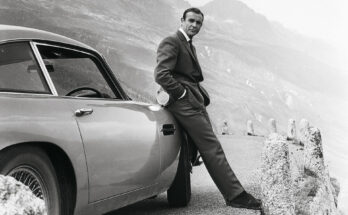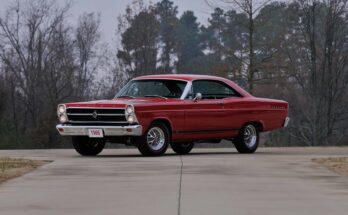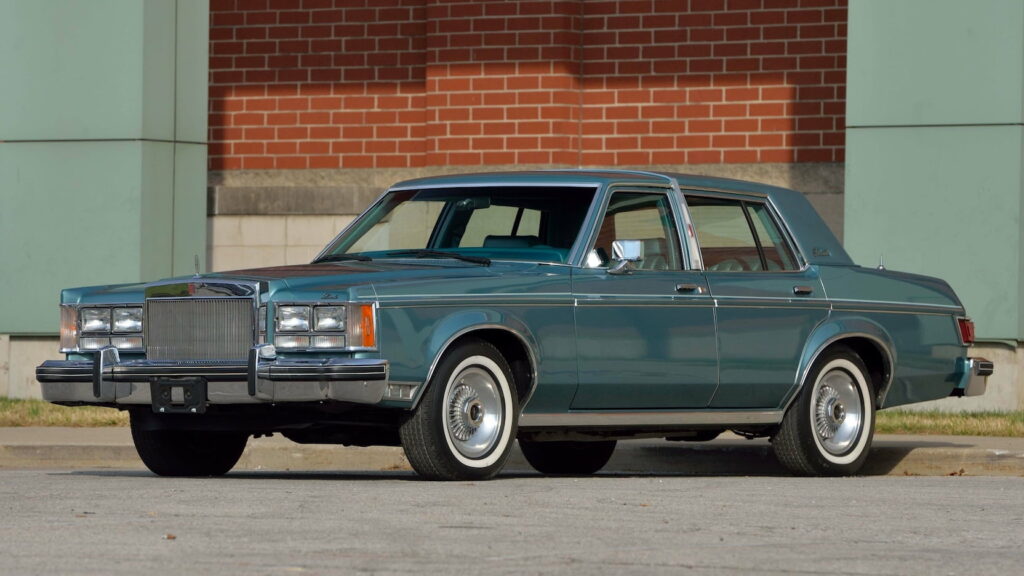
STORY HIGHLIGHTS: 1980 Lincoln Versailles
- A Bold Experiment in Luxury: Launched in 1977, the 1980 Lincoln Versailles was Lincoln’s attempt to compete with the Cadillac Seville in the emerging compact luxury sedan market. By 1980, its final year, the Versailles stood as a unique but short-lived chapter in Lincoln’s history, blending traditional luxury with a smaller footprint amid the late 1970s oil crisis.
- Distinctive Yet Familiar Design: Built on the Ford Granada/Mercury Monarch platform with a 109.9-inch wheelbase, the Versailles shared its basic structure with more affordable models. Lincoln distinguished it with a signature waterfall grille, a padded vinyl roof, and unique rear styling, including a “continental” spare tire hump, evoking the brand’s larger, more opulent models.
- Luxury Meets Compact: The interior was a showcase of Lincoln’s commitment to comfort, featuring plush leather or velour upholstery, woodgrain accents, and standard amenities like power windows, seats, and air conditioning. A digital dashboard and optional premium sound system highlighted its upscale ambitions, despite its compact 200.7-inch length.
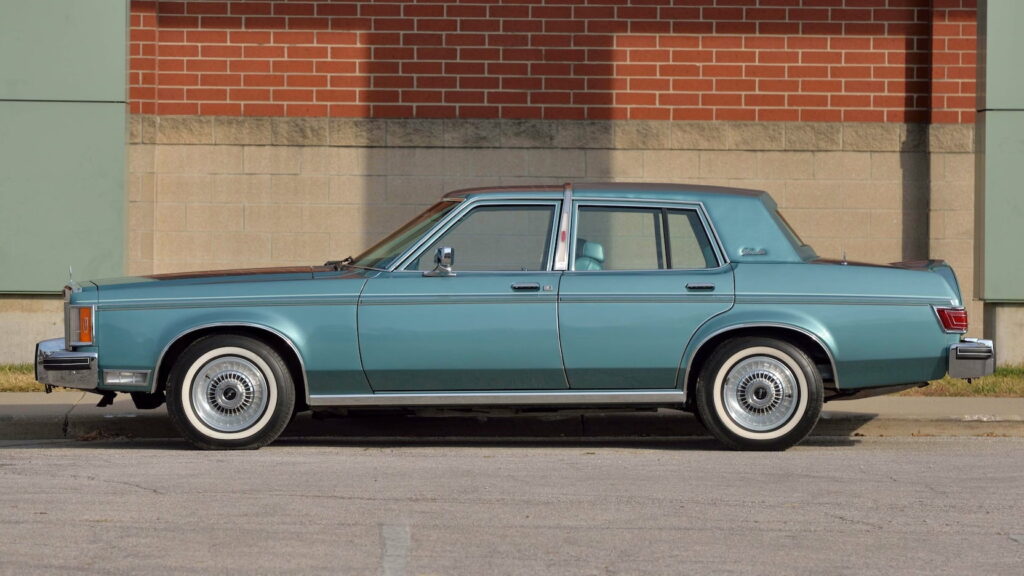
- Performance and Powertrain: Powered by a 5.0L (302 cu in) V8 engine, the 1980 Versailles produced 130 horsepower, paired with a 4-speed automatic transmission. While not a performance car, its rear-wheel-drive setup and refined suspension aimed for a smooth, comfortable ride, prioritizing luxury over sportiness.
- Limited Production, Limited Success: With only 4,784 units built in 1980, it was the rarest model year, contributing to a total production of 50,156 across four years. High pricing—starting around $13,000 (over $50,000 in 2025 dollars)—and its resemblance to the cheaper Granada/Monarch hurt sales, as buyers questioned its value compared to the Cadillac Seville or larger Lincolns.
- Cultural Context and Legacy: The Versailles arrived during a time of economic uncertainty and shifting consumer tastes, with fuel efficiency becoming a priority. Its attempt to downsize luxury without sacrificing prestige was ambitious but met with mixed reception. Today, it’s a collector’s curiosity, valued for its rarity and quirky blend of compact practicality and Lincoln opulence.
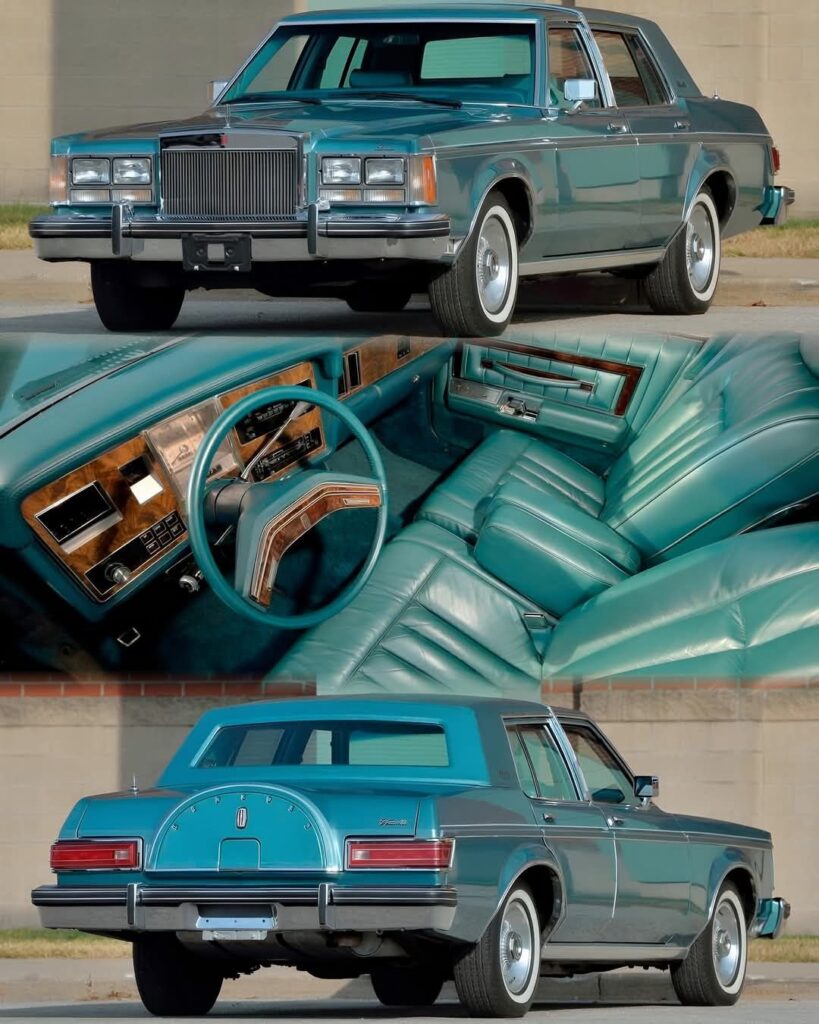
- End of the Line: Discontinued after 1980, the Versailles was overshadowed by the downsized Lincoln Continental and Town Car. Its brief run reflects the challenges of adapting traditional American luxury to a new era, making it a fascinating footnote in automotive history.

